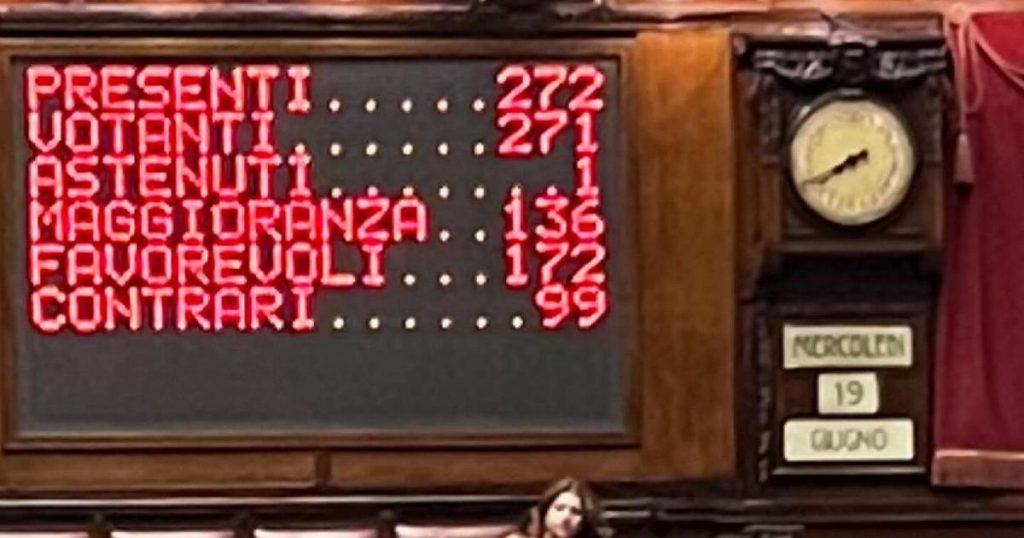The controversial law on Differentiated Autonomy was approved by the Chamber after a night of debates. 172 deputies were in favor, 99 were against, and one abstained. The law, already approved by the Senate, now becomes official despite disapproval from the opposition. Critics accused the government of manipulating the process for political gain, while supporters hailed it as a historic achievement. The law aims to provide different levels of autonomy to various regions in Italy, ensuring equal quality and quantity of services across the country. The opposition voiced concerns about potential consequences of the law, with some calling it a power grab by the ruling party.
The proposal for Differentiated Autonomy consists of 11 articles that define the general principles and procedures for agreements between the State and the Regions regarding the allocation or revocation of additional autonomy. The law allows for the attribution of functions related to civil and social rights, as long as essential service levels are determined fairly throughout the national territory. Regions can propose negotiations for new functions to the Prime Minister and the Minister for Regional Affairs, with the Prime Minister having the authority to limit the scope of the negotiations to specific areas. The law covers 23 matters, with 3 exclusive to the State and 20 shared with the Regions, such as Health, Education, Sports, Environment, Energy, Transport, Culture, and Foreign Trade.
The reform enables agreements between the State and individual Regions to be reached within five months of a request by a Region, lasting up to 10 years and subject to renewal. The law requires the determination of essential service levels based on historical state spending in each Region over the past three years. Within 24 months of the law coming into force, the Government must issue legislative decrees to establish levels and amounts of essential service levels. The transfer of State functions to Regions will only be allowed after the determination of essential levels and within budgetary constraints. The Government will also oversee a task force to assess and monitor compliance with essential service levels across the country.
The law includes a safeguard clause allowing the Government to intervene when Regions or other entities fail to comply with international treaties, EU regulations, or pose a grave threat to public safety. With the approval of Differentiated Autonomy, the Government is tasked with defining essential service levels within 24 months, while the transfer of functions related to essential levels can only be decided after the necessary resources have been allocated. The law also ensures that non-signatory regions receive equal essential service levels and preserves proportional resource allocation for other Regions, with specific measures for regions with lower fiscal capacity.
Overall, the passage of the Differentiated Autonomy law has sparked debates and divisions within the political landscape in Italy. Supporters see it as a step towards a fairer and more efficient system that can address regional inequalities, while critics fear that it could lead to further centralization of power and uneven distribution of resources. The law aims to provide a framework for negotiating additional autonomy for regions while ensuring that essential service levels are maintained uniformly across the country. It remains to be seen how the implementation of the law will unfold in practice and what impact it will have on the relationship between the central government and regional authorities.


